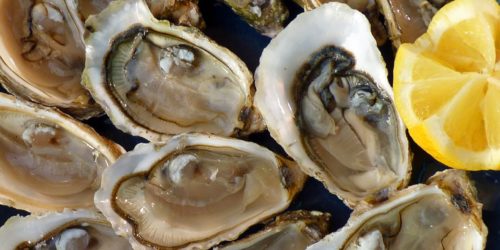The drive from Atlanta, Georgia to St. Theresa, Florida was suffocating in its isolation. Well, suffocating for some but exhilarating for us. Living in Atlanta was pretty amazing in the early Two Thousands, but seeing the the skyscrapers of Atlanta fade in the rear view, making our way past the ever expanding suburbs and getting away from the oppressive workload of an engineering school for a week was much better. We made our way south, exiting the Interstate close to Florida. The last bustling metropolis one encounters on the trip south is Thomasville, Georgia, with a population of eighteen thousand. As you head south, avoiding Tallahassee to the west, the busiest places left are a few wildlife management areas. Needless to say there isn’t much going on.

The destination hits your nose well before you arrive. That salty, pleasant, decaying marshy smell you get once in a while teeters on this side of being overwhelming. In any greater quantity it would most certainly put you off your lunch, but it is something amazing in small amounts. I haven’t experienced that specific smell it in many places in the world outside of the southeast U.S, where you find it as you slowly make your way from sandy coastal plains to marshlands to barrier islands and finally the Atlantic or the Gulf. Certainly I’ve encountered similar smells near the seaside around the world, but nothing that specific. You get a whiff more often as you get close to St. Theresa, and it’s hard to tell whether the various seafood processors and other local businesses you pass are actually in business or have been closed for years. They all seem to look alike, and even new construction looks thirty years old and a year abandoned.
A good friend had secured a vacation house on the gulf for a week that spring. It was a gift, a bonus for him being a great tutor for a well-to-do family in Atlanta. While we knew the family was well off, what we didn’t realize was that this waterfront house slept about twenty-four in eight or so bedrooms with a kitchen and living room bigger than most normal houses. We only numbered four in our party. In short, we bunch of bums found ourselves living in a castle on the water for a week with a population density of about four per square mile in our area.

The days passed, much as you’d expect with a group of twenty-somethings. Eating terrible food, drinking the local beer stores dry, and spending way more time in the sun than recommended, but way less than we wanted. In a moment of clarity we decided to spend the last bit of money we had on some local seafood. We drove a few miles to one of the semi-derelict seafood processing companies to see what we could procure. While the exterior clearly said “we are closed”, the interior bustled with activity and the showroom contained coolers of fish, mollusks and crustaceans that had presumably arrived that morning. We did well and headed home with a few pounds of fish, shrimp and a sack of oysters for next to nothing in addition to a handful of clams we had dug up throughout the previous day.
While I grew up on the beach, I didn’t have oysters until I was a late teenager. I wasn’t off put by them, it just never occurred to me to try them. But with Floridians for parents, they had told me just how good the oysters around Apalachicola were back when they had been. So it was that we found ourselves sitting in a gazebo out by the water, a sack full of oysters, plenty of cold Mexican beer and cocktail sauce. I don’t know what it is about food that you have to work for, like shucking oysters or picking blue crabs, but for some reason it makes them taste better. We didn’t talk a lot as we made our way through that entire sack of oysters that afternoon. We didn’t have to. Just a few good friends enjoying each other’s company, the good fortune of a vacation home we came into for a fleeting moment, and perhaps the best oysters I’ve ever had.
Phot of St. Theresa by swhitfield

